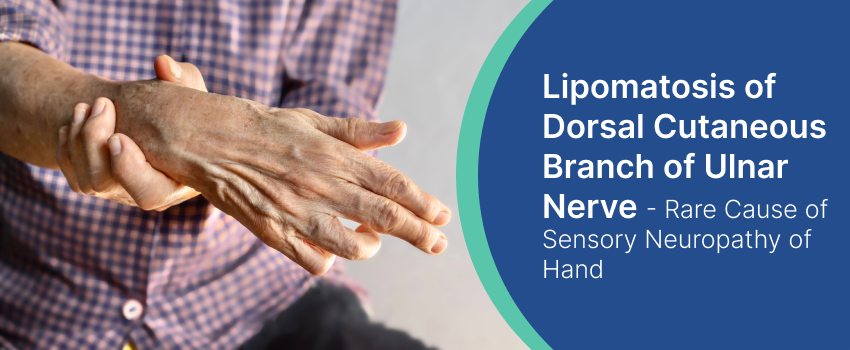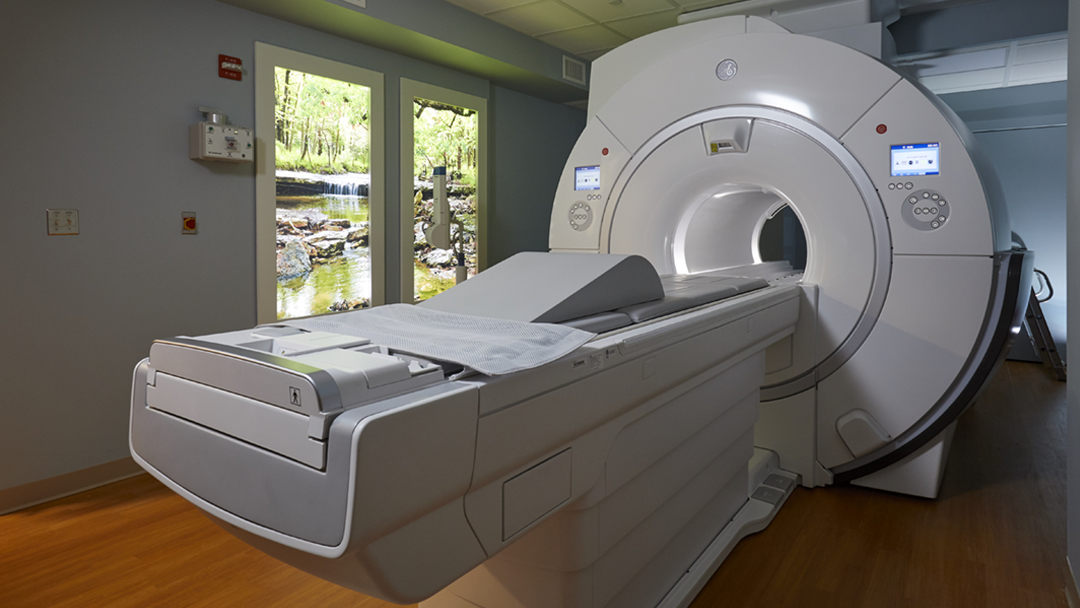
Lipomatosis of Dorsal Cutaneous Branch of Ulnar Nerve - Rare Cause of Sensory Neuropathy of Hand
Introduction:
Lipomatosis of the nerve, or fibrolipomatous hamartoma, is a benign condition involving peripheral nerves. It’s characterized by excess fat and fibroblasts within the neural sheath. The dorsal cutaneous branch of the ulnar nerve is a site where this condition can occur, leading to sensory neuropathy of the hand. MRI is the preferred imaging technique due to its ability to visualize fat.
Case Report:
A 44-year-old female presented with swelling on the back of her left hand and wrist, accompanied by pain and burning sensations in the 4th and 5th fingers. Ultrasound showed swelling, and MRI confirmed the presence of lipomatosis of the dorsal cutaneous branch of the ulnar nerve. The MRI revealed an elongated, tubular structure along the nerve, with hyperintense signal intensity on T1 and T2 sequences, indicating fat content.
Discussion:
Lipomatosis of the nerve is an unusual condition where fat and fibrous tissue invade the nerve, causing it to thicken. It’s often diagnosed through MRI due to its distinct appearance. This condition can be mistaken for other nerve-related issues, and diagnosis through imaging is important to avoid unnecessary interventions. This case is unique as lipofibromatous hamartoma of the dorsal cutaneous branch of the ulnar nerve is a rare occurrence.
Conclusion:
Lipomatosis of the nerve is a rare but distinct condition that can lead to sensory neuropathy. MRI plays a crucial role in diagnosing and differentiating this condition from other nerve-related issues. Biopsy is not recommended for diagnosis due to potential complications.
Recent News

Radiology & imaging revolution in India’s TB battle
17/10/2023

Aster Medcity launches Interventional Radiology clinic
15/12/2022

Aster Hospital to provide free MRI, CT scan services to poor – The Hans India
30/11/-0001

Aster DM Healthcare Bagged the Second Position for Health Impact Awards 2021
30/11/-0001

AMI Expertise - When You Need It, Where You Need It.
Partner With Us
